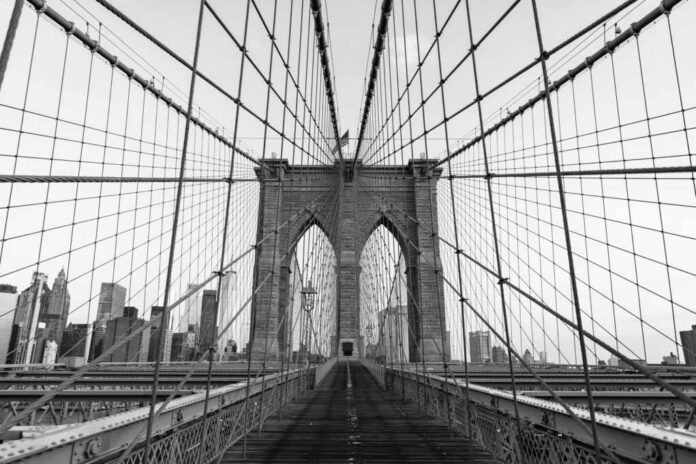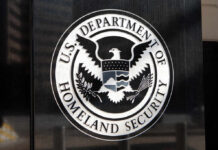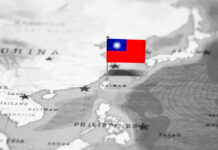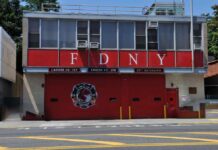
Two dead, 19 injured as Mexican naval ship slams into Brooklyn Bridge, highlighting yet another catastrophic failure of basic maritime safety in our country’s busiest port.
At a Glance
- The Mexican Navy training ship Cuauhtémoc lost power before crashing into the Brooklyn Bridge, killing two and injuring 19 others
- Video footage captured the ship’s masts snapping and partially collapsing upon impact with the historic American landmark
- The 300-foot vessel was carrying 277 people during a “goodwill tour” that has now ended in tragedy
- Despite the Mexican Navy’s assurances of “commitment to safety,” basic navigational errors resulted in catastrophic failure
- Emergency crews scrambled to rescue crew members, including one seen dangling from the rigging for 15 minutes
Another Foreign Vessel, Another American Crisis
Just when you thought it was safe to sail under New York’s iconic bridges, a Mexican Navy vessel decides to play bumper boats with the Brooklyn Bridge. The Cuauhtémoc, a 300-foot steel-hulled training ship, somehow managed to lose power at the worst possible moment before crashing into one of America’s most recognizable landmarks Saturday evening. The collision left two dead and 19 injured, with several in critical condition. Apparently, international maritime rules and basic height clearance measurements are optional these days in the waters around our nation’s largest city.
Let’s be crystal clear about what happened here: a foreign military vessel crashed into an American bridge, causing deaths, injuries, and disruption in one of our busiest waterways. If this had been an American vessel in Mexican waters, can you imagine the international incident it would have sparked? Yet here we are, with polite diplomatic statements and “thoughts and prayers” while first responders scramble to clean up the mess. The ship lost power around 8:20 p.m. ET – but why wasn’t there a backup plan? Where were the tugboats that should accompany such large vessels? Basic maritime safety protocols appear to have been completely abandoned.
The “Goodwill Tour” That Ended in Tragedy
This Mexican naval vessel wasn’t just passing through New York harbor by chance. The Cuauhtémoc was on a planned 254-day journey to 22 ports across 15 nations after departing from Acapulco on April 6. The Mexican Consulate had proudly announced the ship’s arrival in New York, inviting the public to visit from May 13 to 17. So much for that cultural exchange. Now the ship sits damaged and disabled, its goodwill mission transformed into an international embarrassment and a stark reminder of how quickly incompetence can turn deadly.
“We saw someone dangling, and I couldn’t tell if it was just blurry or my eyes, and we were able to zoom in on our phone and there was someone dangling from the harness from the top for like at least like 15 minutes before they were able to rescue them” Katz said.
Witness accounts paint a horrifying picture of the accident’s aftermath. Lily Katz described seeing crew members dangling from rigging for 15 minutes before rescue, while other witnesses reported seeing people removed on stretchers. Video footage clearly shows the ship’s tall masts snapping upon impact with the bridge, which has stood since 1883 without major incident. The fact that such a basic navigational error could occur in 2025, with all of our modern technology and safety protocols, is simply mind-boggling.
Empty Words and Bureaucratic Responses
In the wake of this disaster, we get the usual empty platitudes from officials. The Mexican Navy issued a statement renewing “its commitment to the safety of personnel, transparency in its operations and excellent training for future officers.” Excellent training? Two people are dead because someone couldn’t figure out if their ship would fit under a bridge. This isn’t rocket science – it’s measuring height clearance, something every weekend boater with a cabin cruiser manages to do successfully thousands of times each day.
New York City Mayor Eric Adams offered the standard “thoughts and prayers” response, thanking first responders while avoiding any discussion of how a massive sailing vessel was allowed to attempt passage under a bridge it clearly couldn’t fit under. The NYC Department of Transportation quickly assured the public that the bridge suffered no structural damage – prioritizing infrastructure over the human toll, as bureaucracies so often do. Meanwhile, maritime investigators are examining factors like tide levels and weather conditions, as if those couldn’t have been calculated beforehand.
Another Day, Another Foreign Maritime Disaster
This disaster follows a disturbing pattern of foreign vessels creating havoc in American waters. Remember the Dali container ship that collapsed the Francis Scott Key Bridge in Baltimore just months ago? Once again, we find ourselves cleaning up the mess and counting the casualties while foreign officials offer hollow condolences. The Mexican Navy can’t even navigate their training vessel safely through a major American harbor – yet we’re supposed to have confidence in international maritime partnerships and training programs? The ocean doesn’t forgive incompetence, and neither should we.
“During the sailing maneuver of the Cuauhtémoc sailboat in New York, a mishap occurred with the Brooklyn Bridge, causing damage to the training ship, preventing the continuation of the training cruise for the time being. The status of personnel and equipment is being reviewed by naval and local authorities, who are providing support.” Official account of the Mexican Navy on X.
A “mishap”? That’s what they’re calling a collision that killed two people and injured 19 others? This tone-deaf language perfectly captures the lack of accountability we’ve come to expect. As the families of the victims mourn and the injured fight for recovery, perhaps it’s time to take a hard look at the standards we expect from foreign vessels operating in our waters. This wasn’t just a regrettable accident – it was a preventable tragedy that deserves more than diplomatic niceties and bureaucratic excuses.




























